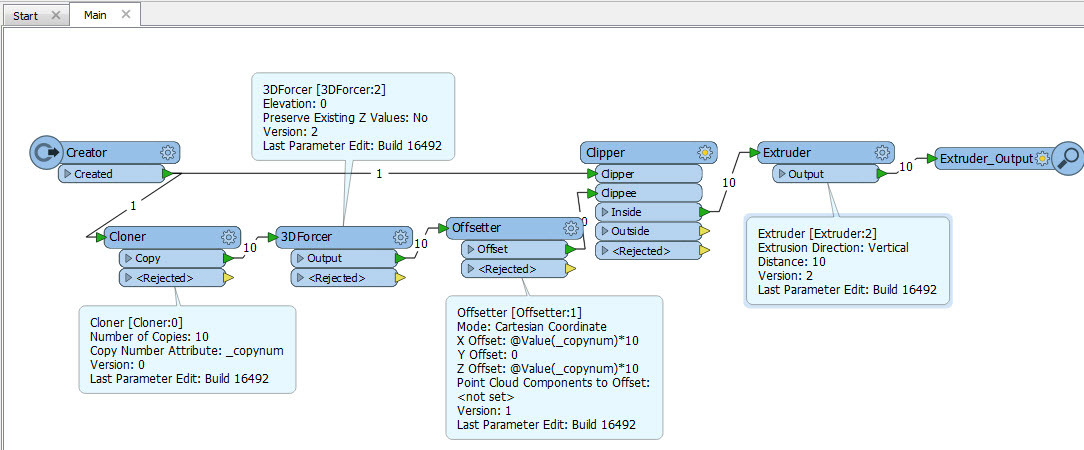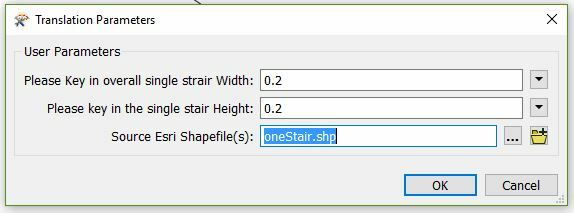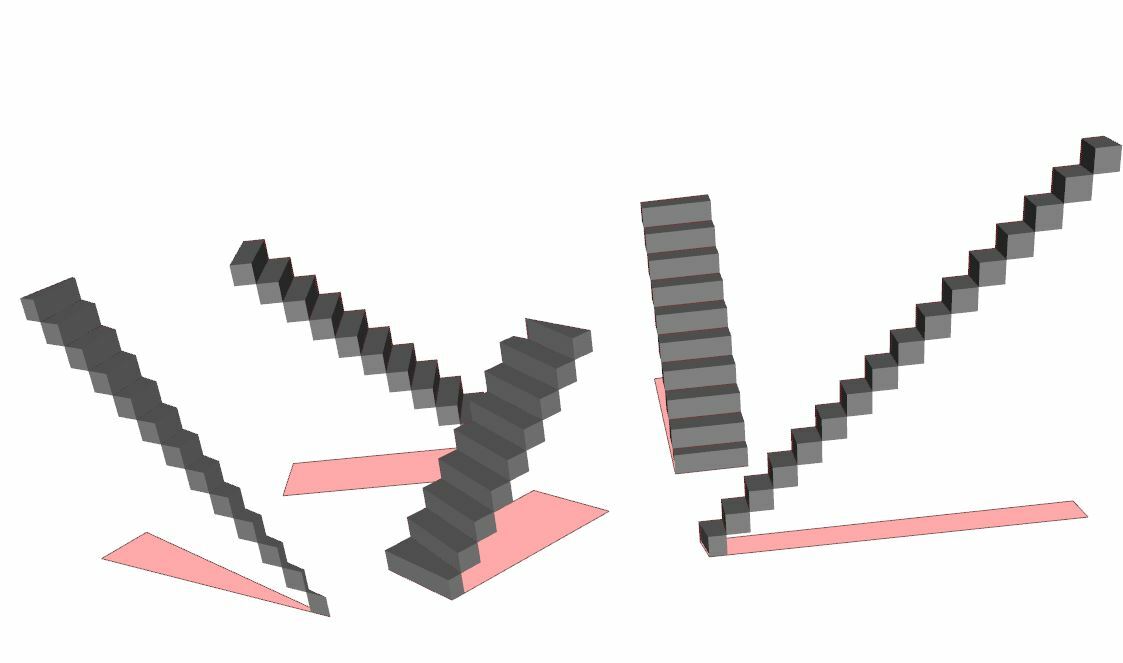I am able to create 3d room by using floor elevation. And for stairs i also 2d shapefile polygon with from 2 to floor munber and junctions with level info, but how to elevate it diagonally in FME for KML output??
Question
Is it possible to create 3d stairs using single square polygon in 2d shapefile with elevation of each floor.
This post is closed to further activity.
It may be an old question, an answered question, an implemented idea, or a notification-only post.
Please check post dates before relying on any information in a question or answer.
For follow-up or related questions, please post a new question or idea.
If there is a genuine update to be made, please contact us and request that the post is reopened.
It may be an old question, an answered question, an implemented idea, or a notification-only post.
Please check post dates before relying on any information in a question or answer.
For follow-up or related questions, please post a new question or idea.
If there is a genuine update to be made, please contact us and request that the post is reopened.
















